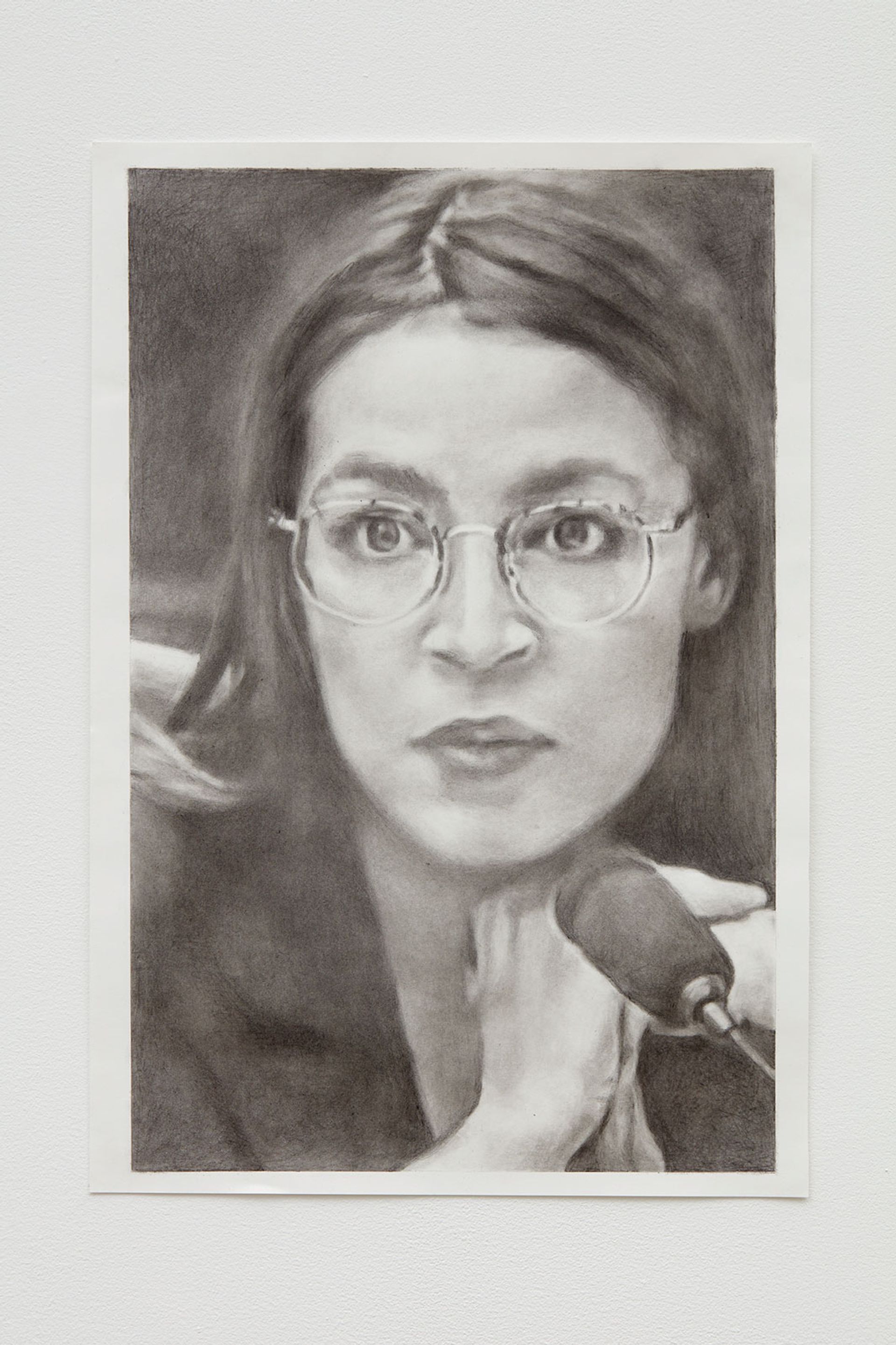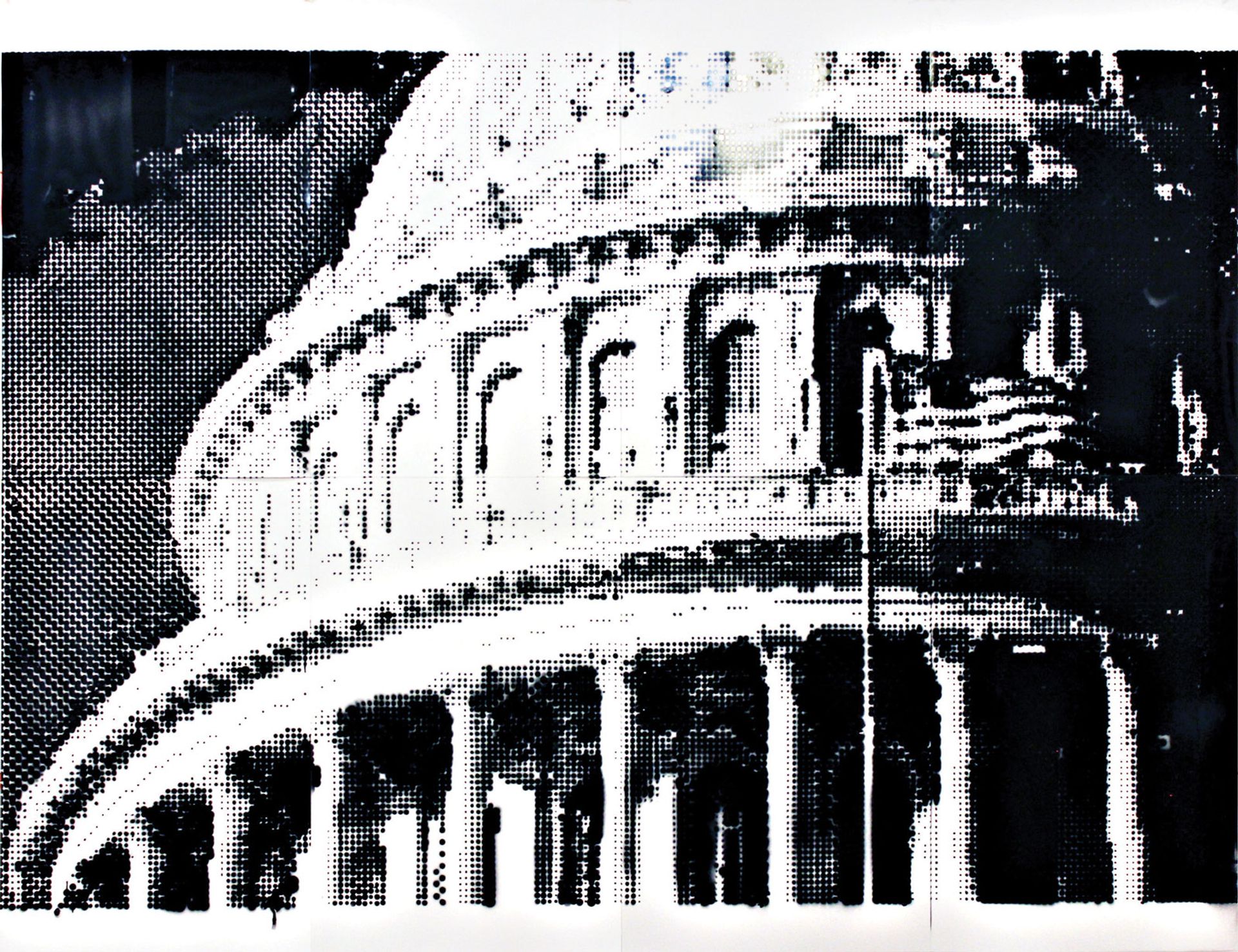Two years ago, when the Aldrich Contemporary Art Museum in Ridgefield, Connecticut, set about its exhibition planning for 2020, an obvious event to address was the US election. In the American voting process, “we all are making marks on paper to decide the future”, says the museum’s exhibitions director Richard Klein. So, he decided to organise an exhibition of works on paper by seven artists who would document the year’s events through drawing. As it turns out, 2020 was not a straightforward year.
Due to pandemic closures and delays, the participating seven artists saw their three-part exhibition extended into 2021, with the final iteration opening this month—a “slow” exhibition to counter the speed at which we normally consume news. Political artists, like the former critic William Powhida have been joined by artists such as Judith Eisler, best known for her Hollywood portraits, in documenting the body politic over the turbulent year, crafting images of some of the main protagonists such as Donald Trump, Joe Biden, Alexandria Ocasio-Cortez and Nancy Pelosi.

Judith Eisler's AOC (2020) Courtesy of the artist and Casey Kaplan Gallery, New York © Judith Eisler Photo: Jason Wyche
Other works include Martí Cormand’s studies of the monumental bronze doors concealing the Constitution at the National Archives in Washington, DC, and Oasa DuVerney’s emotionally charged depictions of black protestors embracing on a march to the polls in North Carolina.
In lieu of a catalogue, the images have been published in editioned newspapers. Gil Scullion graced the cover of one with a close-up of the US Capitol’s dome, grainy and uncanny.

Gil Scullion's U.S. Capitol (2019-20) Courtesy of the artist
The works proffer a bold answer to the question, what can drawings do that the relentless news cycle cannot? They encourage the viewer to pause, to take their time. While Klein is mindful—“it’s gotten me in trouble for saying so”—that art is perhaps one of the least effective ways to change the world, together these pieces comprise a record of what happened in an eventful 2020.
• Twenty Twenty, Aldrich Contemporary Art Museum, Ridgefield, 7 February-14 March


